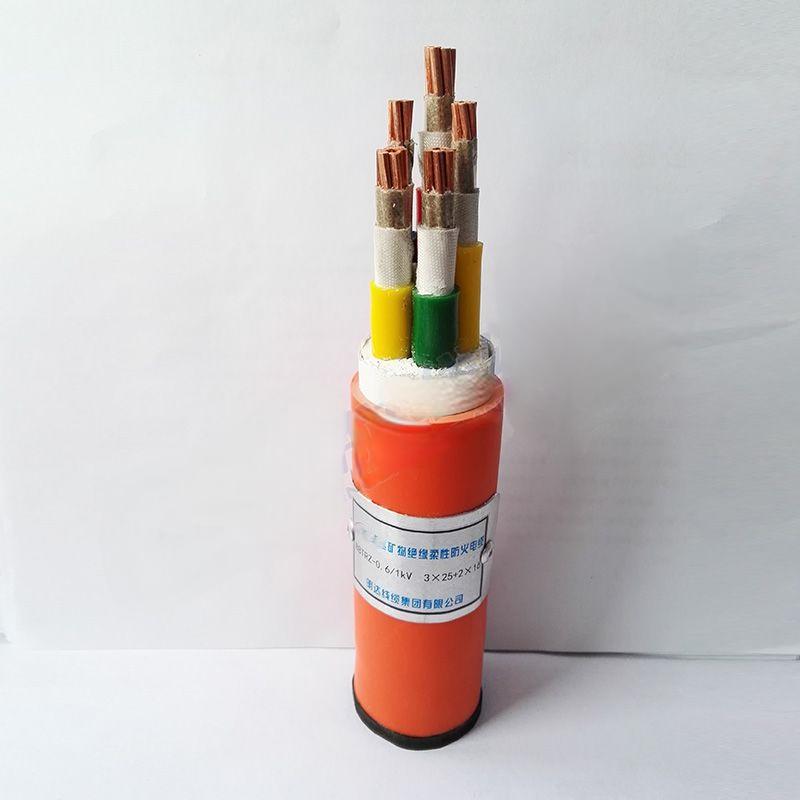Nov . 20, 2024 14:25 Back to list
gate valve non rising
Understanding Non-Rising Stem Gate Valves Design and Applications
Non-rising stem gate valves are a specialized type of gate valve widely used in various industrial applications for regulating fluid flow. Unlike traditional rising stem gate valves, which require the stem to move upwards when the valve is opened, non-rising stem valves maintain a fixed stem position while the gate moves vertically to open or close the flow path. This unique design offers several advantages and applications that make it a popular choice across different sectors.
Design Features
The primary feature of a non-rising stem gate valve is its mechanism that allows the gate to rise and fall without extending the stem outward. The stem, which is typically operated via a handwheel or actuator, rotates to lift or lower the gate. This design is particularly beneficial in spaces where vertical clearance is limited, as there is no need for the stem to project upward when operating the valve.
Constructed from various materials such as cast iron, stainless steel, or brass, these valves can withstand a range of pressures and temperatures. They are designed to provide a tight seal when closed, minimizing the risk of leakage and ensuring efficient operation. The non-rising stem design also results in a more compact valve profile, making it easier to fit into tight spaces in piping systems.
Advantages
One of the notable advantages of non-rising stem gate valves is their compact nature, which is essential in installations with limited overhead space. This feature makes them ideal for underground applications or areas with low ceilings, such as basements and tunnels. Additionally, non-rising stem valves tend to have a lower profile, which can contribute to aesthetic considerations in design-heavy environments.
gate valve non rising

Another advantage is the reduced risk of damage from external factors. Since the stem does not extend above the valve body, there is less exposure to environmental hazards, reducing the likelihood of wear and tear over time. This durability makes non-rising stem gate valves a reliable choice for long-term applications.
Applications
Non-rising stem gate valves are employed in a vast array of industries, including water treatment, wastewater management, oil and gas, and chemical processing. In municipal water systems, they are often used to control the flow of water in pipelines, ensuring effective management of resources. In industrial applications, these valves control the flow of chemicals and other substances where space constraints can be a challenge.
Moreover, they are commonly utilized in fire protection systems, where they help regulate the flow of water in sprinkler systems. In these scenarios, the ability to operate the valve without substantial vertical movement is crucial for maintaining system integrity and performance.
Conclusion
In summary, non-rising stem gate valves offer an effective solution for a variety of applications where space constraints and operational efficiency are critical. Their design not only facilitates easier installation and operation but also enhances reliability with reduced wear. As industries continue to prioritize efficiency and compactness in their systems, the demand for non-rising stem gate valves is likely to grow, further underscoring their importance in modern fluid control systems.
Share
-
Reliable Wafer Type Butterfly Valves for Every IndustryNewsJul.25,2025
-
Reliable Flow Control Begins with the Right Ball Check ValveNewsJul.25,2025
-
Precision Flow Control Starts with Quality ValvesNewsJul.25,2025
-
Industrial Flow Control ReliabilityNewsJul.25,2025
-
Engineered for Efficiency Gate Valves That Power Industrial PerformanceNewsJul.25,2025
-
Empowering Infrastructure Through Quality ManufacturingNewsJul.25,2025